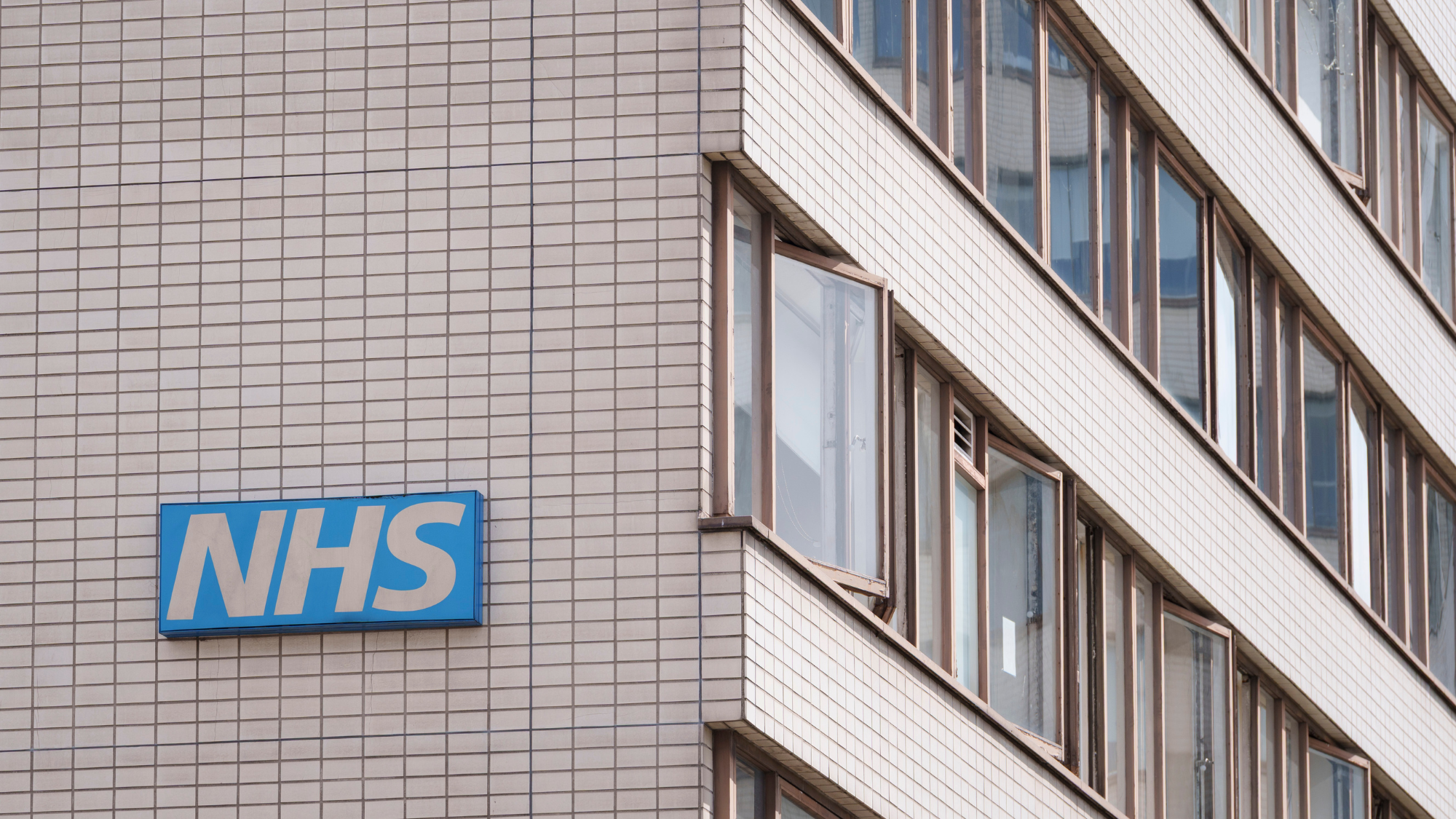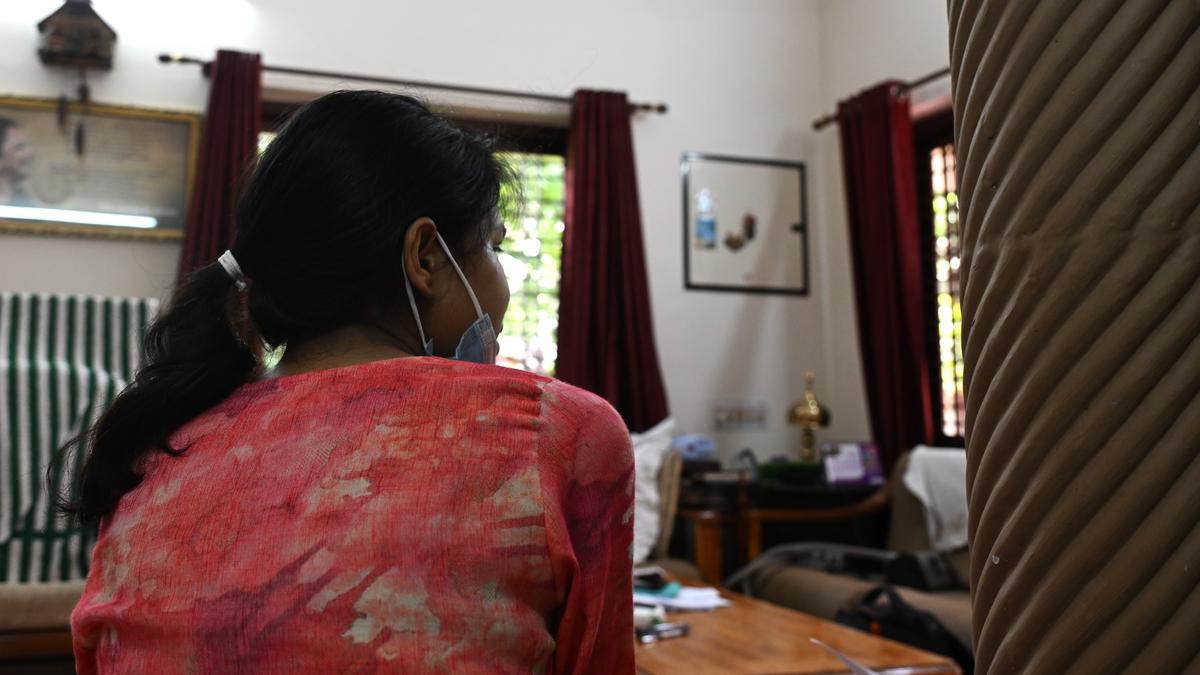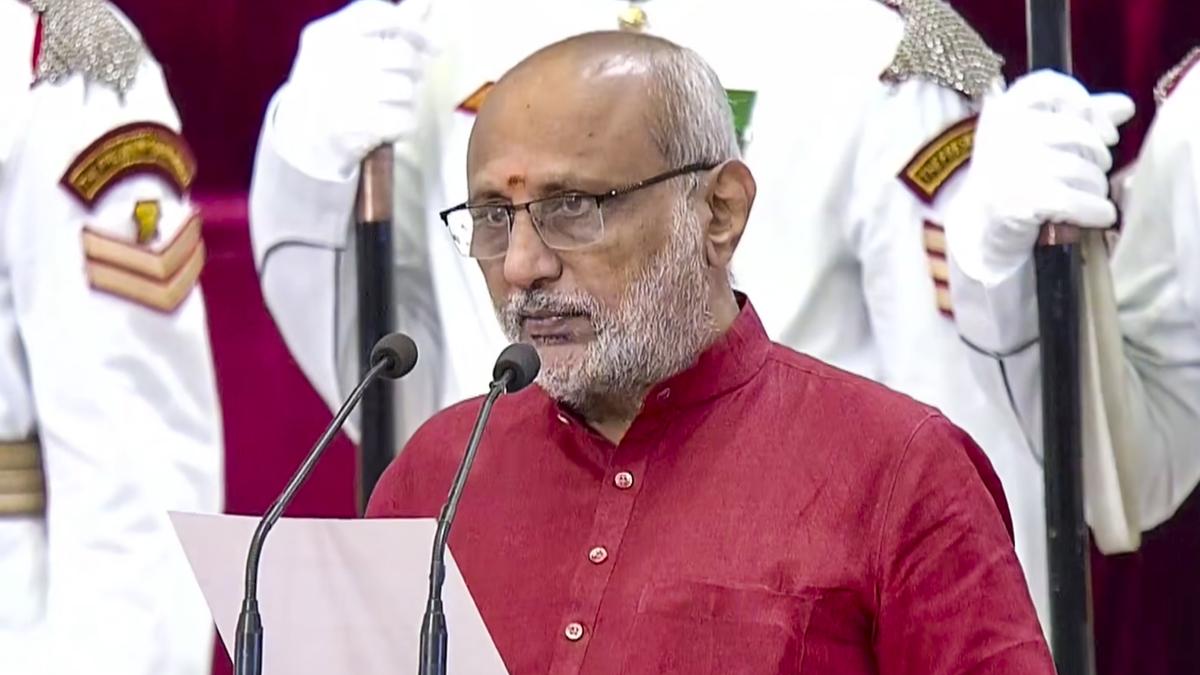By Abby Wilson
Copyright theweek

SUBSCRIBE & SAVE
Less than $3 per week
View Profile
The Explainer
Talking Points
The Week Recommends
Newsletters
From the Magazine
The Week Junior
Food & Drink
Personal Finance
All Categories
Newsletter sign up
the explainer
Hospital league tables: how does the new ranking system work?
NHS trusts are now ranked according to six performance indicators, with leaders of low-performing facilities facing penalties
Newsletter sign up
Plans for the league table scheme were announced in November, with the first tables being published this week
(Image credit: Richard Baker / In Pictures / Getty Images)
Abby Wilson
12 September 2025
“Football-style” NHS league tables, which rank the best- and worst-performing hospitals and trusts in England, have now arrived despite warnings that they “would not help patients choose where to seek care”, said The Guardian.
The rankings, which list short-term care or acute trusts, non-acute trusts and ambulance trusts separately, are available to the public and will be reassessed every three months.
Health Secretary Wes Streeting said he hopes league tables will increase transparency and end the postcode lottery in medical treatment, taking “the best of the NHS to the rest of the NHS”.
Escape your echo chamber. Get the facts behind the news, plus analysis from multiple perspectives.
SUBSCRIBE & SAVE
Sign up for The Week’s Free Newsletters
From our morning news briefing to a weekly Good News Newsletter, get the best of The Week delivered directly to your inbox.
From our morning news briefing to a weekly Good News Newsletter, get the best of The Week delivered directly to your inbox.
Health experts, on the other hand, have warned that it is “impossible to capture correctly whether any hospital” is “good or bad”. The new system “could prompt patients to avoid seeking help at lower-rated ones”.
What do the ratings represent?
Last November, the government approved a new framework for assessing the quality of care provided by NHS trusts. Providers are now evaluated on their performance across six domains: access to services, effectiveness and experience of care, patient safety, staff wellbeing, fiscal responsibility, and improving health and reducing inequality.
These measure waiting times for elective care, promptness of cancer diagnoses, ambulance response times and A&E wait times, mental health access rates, and the ease of booking appointments. The facilities’ finances are also taken into account “and it is possible that a hospital rated highly for clinical care will be marked down if they are running up a larger than expected deficit”, said the BBC.
Currently, specialist trusts including Moorfields Eye Hospital, the Royal National Orthopaedic Hospital and The Christie NHS Foundation Trust top the list. The Queen Elizabeth Hospital in King’s Lynn, Norfolk, received the worst rating.
Sign up for Today’s Best Articles in your inbox
A free daily email with the biggest news stories of the day – and the best features from TheWeek.com
Contact me with news and offers from other Future brandsReceive email from us on behalf of our trusted partners or sponsorsBy submitting your information you agree to the Terms & Conditions and Privacy Policy and are aged 16 or over.
Each trust is assigned a score between one and four, with lower numbers representing higher rankings – Moorfields was rated 1.39 and the Queen Elizabeth Hospital received 3.35, for example. The trusts are “then sorted into four categories called segments, with the best overall performers in segment one and the worst in segment four”, said the BBC. Trusts facing financial challenges will not be able to rank higher than segment three.
While comparing trusts based on their ratings “can be a helpful indicator of potential areas of disparity for further investigation”, it should be done “cautiously”, keeping in mind factors like trust size and merger history, said NHS England.
Why are some experts urging caution?
Since the plan’s announcement, critics have raised several issues with how effective and trustworthy NHS league tables will be. Streeting “accused health think tanks of ‘elitist nonsense’” after claims that the tables would be “difficult to interpret”.
But the tables “don’t tell you in simple terms” how a hospital is performing, Sarah Woolnough, chief executive of the King’s Fund, told the BBC. “It’s not elitist to say these rankings risk confusing people, rather than helping them choose where to get great care.”
There is also a risk that “trusts will focus only on the measures that immediately boost their ranking”, even if those measures aren’t necessarily best for their patients, Thea Stein, chief executive of the Nuffield Trust, told The Telegraph. “As finances have a particular sway on the rankings”, the tables are “of limited use” for patients seeking care.
What will happen to low-ranked trusts?
The newly published league tables show that 80% of England’s acute hospital trusts “are considered to be failing because they are ‘off-track’ on performance targets or running financial deficits”.
While NHS executives and leaders at top-ranked trusts may be offered bonuses, more flexibility with budgeting, or temporary pay raises “to go into the lower-ranked organisations and turn them around”, those leading the “worst performers” might see their pay frozen or docked.
Some health experts have expressed “fears that those serving poorer or more isolated areas will be stigmatised”, said The Mirror. Divides between urban and rural areas, and the north and south of England, have already emerged in the tables.
“There’s more work to do” before staff and patients can fully trust the league tables, said Daniel Elkeles, chief executive of NHS Providers, an organisation that represents trust leaders.
The tables need to be accurate and fair – “anything less could lead to unintended consequences, potentially damaging patient confidence in local health services, demoralising hard-working NHS staff and skewing priorities”.
Explore More
Abby Wilson
Quiz of The Week: 6 – 12 September
Have you been paying attention to The Week’s news?
The week’s best photos
In Pictures
A palace on fire, a shopping cart protest, and more
The Week Unwrapped: Why is horse-racing going on strike?
Plus, will the South Korean women who worked in state-run brothels set up for US soldiers succeed? And what’s behind a surge in leg-lengthening surgery?
You might also like
Why social media is obsessed with cortisol
In The Spotlight
Wellness trend is the latest response to an increasingly maligned hormone
Quit-smoking ads are being put out
Under the radar
The dissolution of a government-funded campaign could lead to more smokers in the future
Scientists are speeding up evolution
Under the radar
Proteins can evolve in minutes
Sloth fever shows no signs of slowing down
The explainer
The vector-borne illness is expanding its range
Texas declares end to measles outbreak
The vaccine-preventable disease is still spreading in neighboring states, Mexico and Canada
How China is battling the chikungunya virus
Under The Radar
Thousands of cases of the debilitating disease have been found in the country
The truth about sunscreen
The Explainer
The science behind influencer claims that sun cream is toxic
RFK Jr. shuts down mRNA vaccine funding at agency
The decision canceled or modified 22 projects, primarily for work on vaccines and therapeutics for respiratory viruses
View More ▸
Contact Future’s experts
Terms and Conditions
Privacy Policy
Cookie Policy
Advertise With Us
The Week is part of Future US Inc, an international media group and leading digital publisher. Visit our corporate site.
Future US, Inc. Full 7th Floor, 130 West 42nd Street



